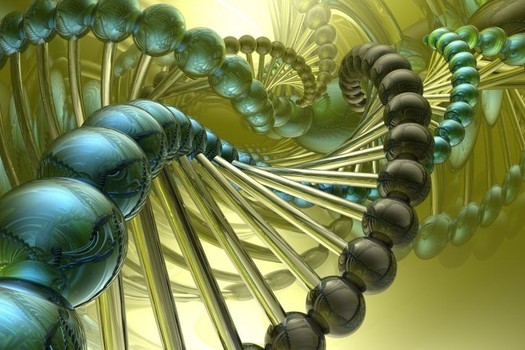Eleni Sikelianos' 'Body Clock'
How temporality draws forth and erases identity

Eleni Sikelianos, Body Clock (Coffeehouse Press, 2008), 149 pp., $18.00—As a project that began out of the trauma of temporary agraphia and aphasia, Body Clock is the eight-part “record” of Sikelianos’ “return” to language, a journey marked here by the coming to “human” of her newborn. The return to writing on the part of the mother and the acquisition of speech on the part of the child (referred to as “baby”) are mediated here by Sikelianos’ attempt to “draw” temporality, to measure the differences between praxis and theory, material and concept, vis-à-vis “time.” The four sections that explicitly confront this age-old dilemma, the “nature” of duration, constitute a relentless criticism of time vis-à-vis temporality and so aligns itself with a certain strain of thought in the work of philosophers like Nietzsche, Derrida and Heidegger (though Sikelianos never refers to philosophers, implicitly or explicitly). Formally, Sikelianos’ long, sweeping, lines will remind some of Jorie Graham’s techniques while the concern with embodied physicality in relation to the sciences has echoes of early Liz Waldner. In poem after poem, the radical materiality of the body is posed as the irreducible ground of philosophy and science: “when she lies down when she arises/ from the placenta’s vascular sheets// touching all the quantum fields she walked through to/greet me.” Although Sikelianos is sometimes given to naïve or obvious questions early on in the book “(“The numbers and circles with perfect existence/outside the mind?// Gravity’s shape on which depends/the flow of time?// Where did the baby come from?”), her ceaseless questioning and self-questioning parallel the general process of language acquisition. By the last sections of the book, Sikelianos, focusing more and more on her child, finds herself stunned to realize that her “identity,” never coincidental with her body, is nonetheless, via the body, one “source” of the baby’s identity: “I saw the nursing mouth occlude the nipple, and the person collecting there, under/ the eye’s delicate glass-dome of the eyes (Identity travels/with the milk.)// I had thought the person disperses in pleasure but hour by hour the baby assembled herself there.” It will perhaps not surprise anyone, least of all parents, that Sikelianos rarely refers to the baby as a daughter. Instead, in the throes of restless dreams, the cathexis of the very book she is writing rears its infant head: “In my dream of publishing a face/ The body’s velvets slide out to publish the face/ In the human reproduction exhibit, we turn the body inside out// It’s bloody work/to publish a face…” Baby, book and body align themselves as objects of desire that eventually abandon what Sikelianos refers to, early on, as the “inside” body. In dramatizing the different, and thus, uneven, temporalities at work in “both” bodies of a self, in the visible, and thus singular, bodies of others, Sikelianos suggests that the book, not the child, remains the privileged replica of self-regard, though this simulacrum effect is also, at another scale, the origin of capital. This motif can be traced through the four “public” sections that deal with crime, war, poverty, racism, etc.: “the way the architected white/wings unfold in the mind.” Body Clock reminds us that the monolith of eternity erects itself outside the body (in mechanical clocks, in buildings, in ideologies of immortality, etc.) precisely because the temporary body, “inside” and “outside,” gives the lie to time.
Hunches, hedges, etc.